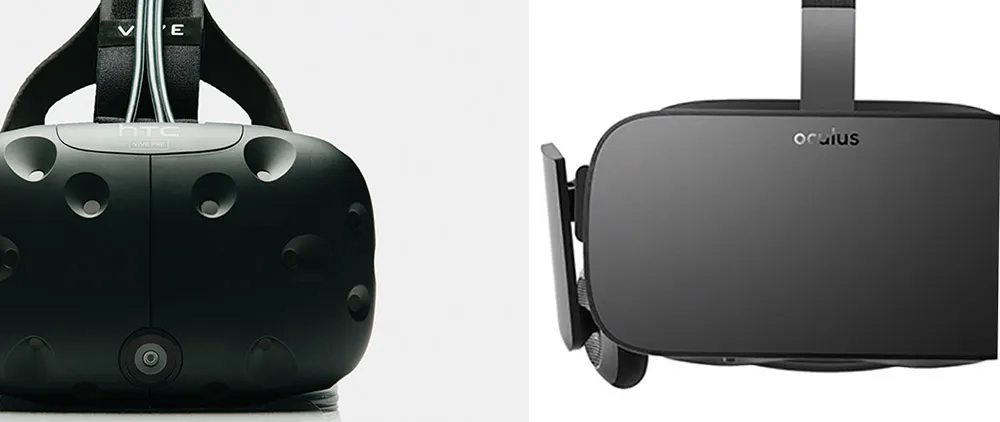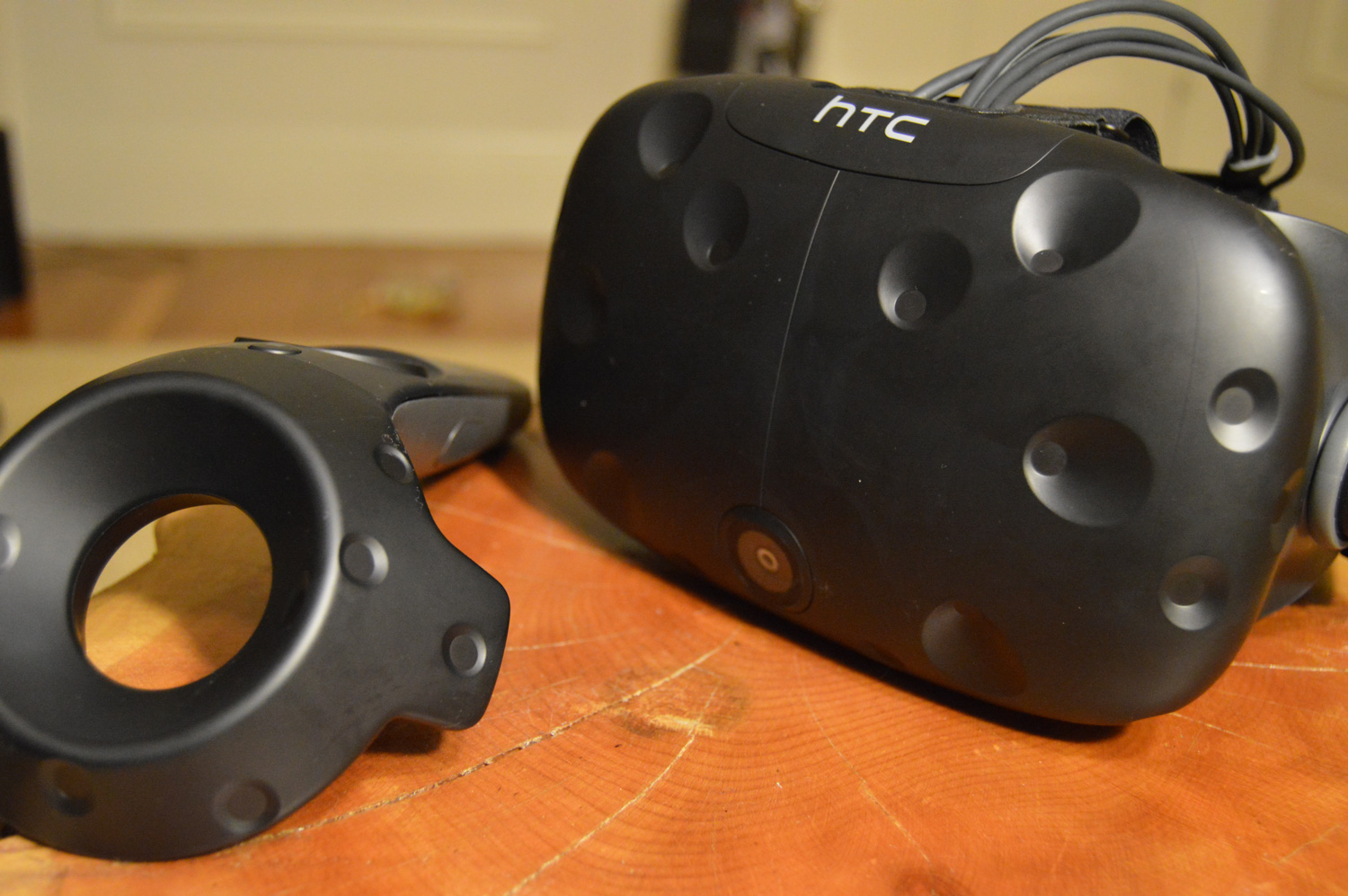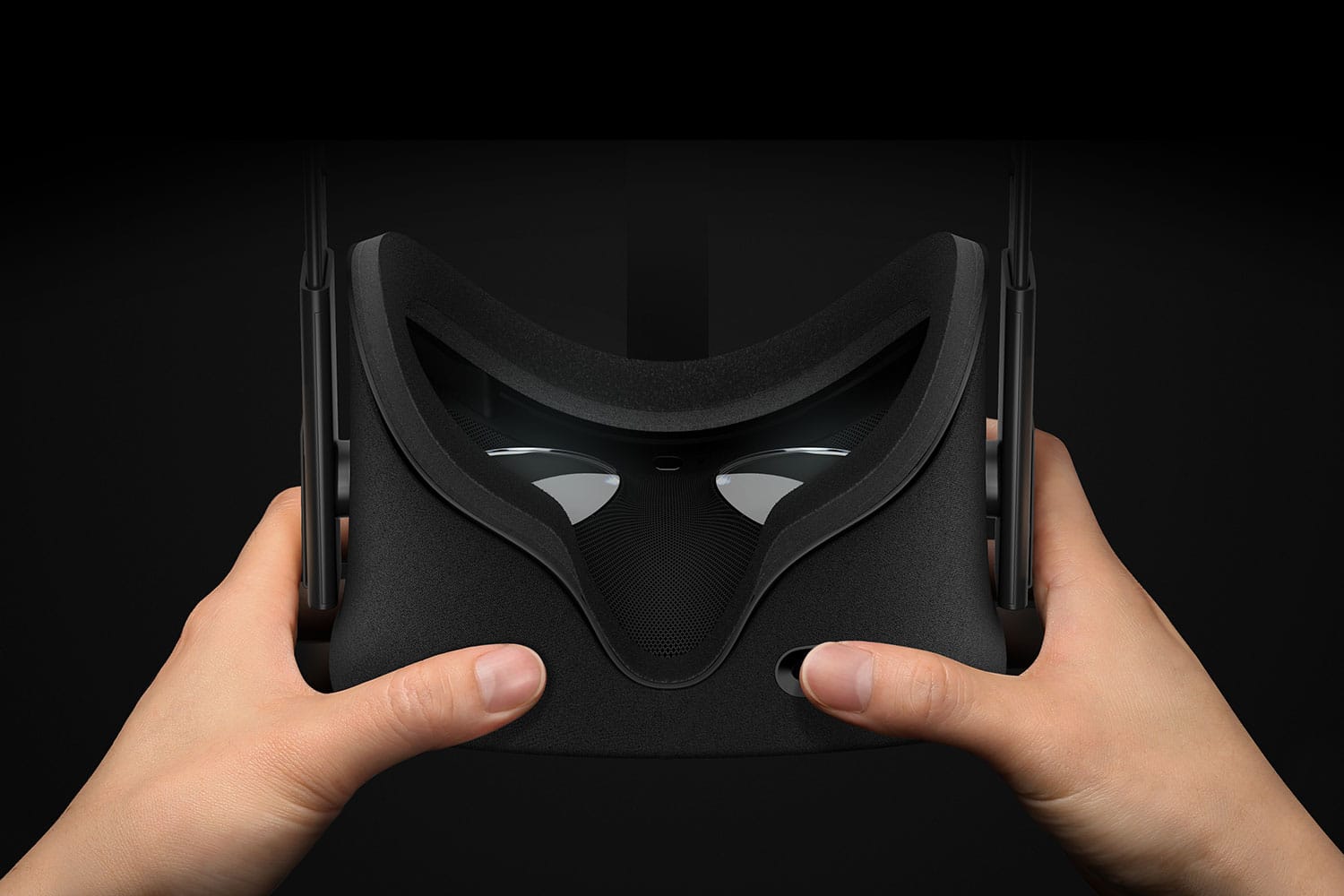[Editor’s Note] – This article was previously published on July 1st, 2016 and has been republished to continue the conversation. Do you think VR game prices are still a problem?
Pricing a piece of software is difficult. When you consider the fact that video games are not only pieces of software, but also immersive and interactive works of art, that difficulty is amplified tremendously. Now, with VR, there’s a limited install base of customers, a new frontier of design and programming experimentation, and no established conventions to adhere to, which all adds up to make pricing a VR game more of a shot in the dark than a precise marketing decision.
Considering all of these factors and the current state of the VR industry, I don’t think there is a lot of room for complaining on the end of consumers. Now, let me explain, with the help of some analysts I spoke with, why you should stop complaining about VR game prices.
A New, Expensive Medium
If you walked into a game store today and wanted to buy a new PlayStation 4 game from one of the major game developers, you’d expect to pay at least $40, or up to $60 if it’s brand new. Possibly more if you get a deluxe or collector’s edition.
Now if you open up Oculus Home or Steam to check out what’s new in VR on any given day, things are a bit different. First of all, there aren’t really any games by major game developers yet, save for a few exceptions. Games that are there, range in price from a few dollars, to $40, or even more in some cases.
The types of experiences are vastly different as well, as most AAA-quality console games, like Uncharted 4, promise dozens of hours of content out of the box, plus updates and replayability. Frankly, the VR industry just hasn’t reached that point yet.
Additionally, you’ll see that the vast majority of VR games, especially those found on Steam, aren’t even completed. Many of them are in an Early Access state and charge a small fee for users to get into the experience early and help shape its development. This is a common practice in the indie gaming community on PC, both VR and otherwise.
However, there are the outliers. Somewhere between AAA-development studios and hobby developers are the small studios working on games full-time and releasing more robust experiences. Games like A Chair in a Room, Technolust, The Gallery, and Fantastic Contraption all come to mind.
Small Install Base of Potential Buyers
“Game pricing for VR content will be a difficult decision for developers until the VR market matures,” explains the Vice President of Insight and Analytics at Electronic Entertainment Design and Research (EEDAR,) Patrick Walker. “The number of headset owners is still relatively low and the early adopters who own a headset have demonstrated that they are willing to pay a premium to have a VR experience. Therefore, it is likely that developers will be able to maximize overall revenue by charging a premium price for content.”
If you’re willing to pay several hundred dollars for a device such as an HTC Vive or an Oculus Rift, in addition to owning a premium gaming PC, the chances that you have the disposable income to invest in premium content at slightly higher prices is quite high. But the reasoning goes even deeper than that as well.
Instead of comparing the current VR market to the current gaming market, it would make much more sense to compare VR to the beginning of the game industry. It’s a new medium as well, after all.
“In the early days of the game industry consumers paid top dollar for very simple games that maybe could get an hour or two of appeal,” says David Cole, CEO and Founder of Digital Future Consulting and Intelligence. “Just the idea of being able to play a game on your TV was so novel. Of course, that only lasted for a while and consumers started to demand higher quality.
“I think VR is in that same point where you have a brand new experience so people are willing to spend top dollar. For two hours $30 isn’t totally unreasonable if you compare it with taking a family of 4 to a movie.”
We’re already seeing backlash from a lot of consumers though. Threads like this on Reddit show there is visible frustration in the community. Comments on several of our reviews have asked how long a game is and whether or not it will yield their money’s worth in terms of content. In fact, some developers have even cut the price of their games to appease fans. In some cases that type of response is valid, but in others it feels more like the vocal minority abusing the megaphone of the Internet to be overly picky.
“The downside of charging a higher price is the backlash you get from consumers who compare the amount of game content in a VR experience with the amount of game content in a non-VR experience, “ says Walker. “I expect to see a lot of pricing experimentation by publishers, developers, and the platforms to find the right balance between revenue maximization and consumer satisfaction.”
Unfortunately the most effective and efficient remedy for the problem has very little to do with how much people complain or how cheaply a developer tries to create content. As Cole puts it, it’s just, “classic supply and demand.”
“It is definitely a user base issue where they have very limited sales potential, high development costs, and an early audience willing to pay,” says Cole. “The prices will come down as the installed base grows and also as more content becomes available and consumers become more discerning.”
More Users, More Problems
As complicated as that sounds, it’s still not even that simple. There are other factors at play as well. When you consider that Valve takes a large chunk of the revenue from each game sale on the Steam platform, developers are getting far less than every dollar you put toward their game. Oculus Home is similar, just like every other digital marketplace. In fact, I’ve spoken to developers that have told me that storefronts and publishers insisted on them pricing their game at a certain point – sometimes higher or lower than the developer wanted – otherwise they couldn’t list their game on the digital store in question.
“I actually had a lot of conversations with developers this year over the pricing of games,” Anshel Sag tells me. He’s a Tech and VR Analyst at Moor Insights & Strategy. “Because most developers went into development for the HTC Vive with their own funds, they are forced to charge more for applications because Valve takes a cut out of all their sales as they do all Steam sales. Oculus has helped a lot of VR developers with their investment fund and as a result they allow developers to recoup their development costs.”
It’s a plot line that we’ve reported on before. Oculus is known to offer assistance to VR developers to help them get their games not only finished, but distributed as well.
Now the recently announced VRVCA initiative, with backing from HTC Vive, could be a way to help offset development costs of VR applications even further. Companies like Razer, Crytek, and Unreal also offer their own development funds.
Ultimately though, you need content to attract people to a new platform like VR, but VR developers need a user base to build for in order to turn a profit on their projects. It’s a tricky situation on both sides.
“The size of the user base allows developers to size the addressable market, and allows them to determine whether a game will be profitable or not,” says Michael Pachter, Research Analyst at Wedbush Securities. “Games are greenlit based upon a tradeoff of costs vs. expected revenues. The costs may be subsidized by Facebook or Sony, so it might be easier to get games made, but it’s a chicken and egg [scenario], if the installed base grows quickly, there will be a lot more content.“
Value is Entirely Subjective
Since we’re a media outlet here at UploadVR, we often analyze, critique, and review VR content such as games. You can find a bunch of our reviews right here. You’ll notice we just issue a single score to summarize our thoughts, with details on what those scores mean here.
One thing you’ll notice we don’t do is consider the price of an experience when granting a score. There are a few reasons for that. For starters, value is entirely subjective. What that means is that how I determine what is worth $X is different than how you or anyone else determines that.
A $60 game that lasted only 5 hours but had an incredible and memorable story is totally worth it to me, but other people may not agree with that. The score isn’t based on the price of the game.
This is compounded further by the fact that games are on sale all the time. In fact, at the time of this publication, there is a massive Steam Sale and Oculus Home Summer Sale going on. Many of the VR games people have complained about being too expensive are in fact cheaper than usual right now. If our reviews docked points for games being too expensive, the reviews would no longer be valid during sales or when prices are cut as time goes on. In order to remain consistent and relevant, prices aren’t a major factor when reviewing a game for us.
Embrace the Medium to Shape Its Future
While value is entirely subjective, it’s also worth considering the industry as a whole before complaining or voicing criticisms toward a developer for the price of their game. The publisher may have demanded the price point, there may not be enough customers to justify pricing it lower, and the cost of development is likely much higher than you assume.
But above all else, VR is a new medium that’s still figuring itself out. Next time you feel like complaining that a game is $5 more than you wanted to spend, take a moment to appreciate the $500+ device you can use to strap on your face and teleport to another world. We’re witnessing the dawn of a wonderful new platform and if spending a few extra bucks is what it takes to help propel it forward, the community should be willing to show support.
































